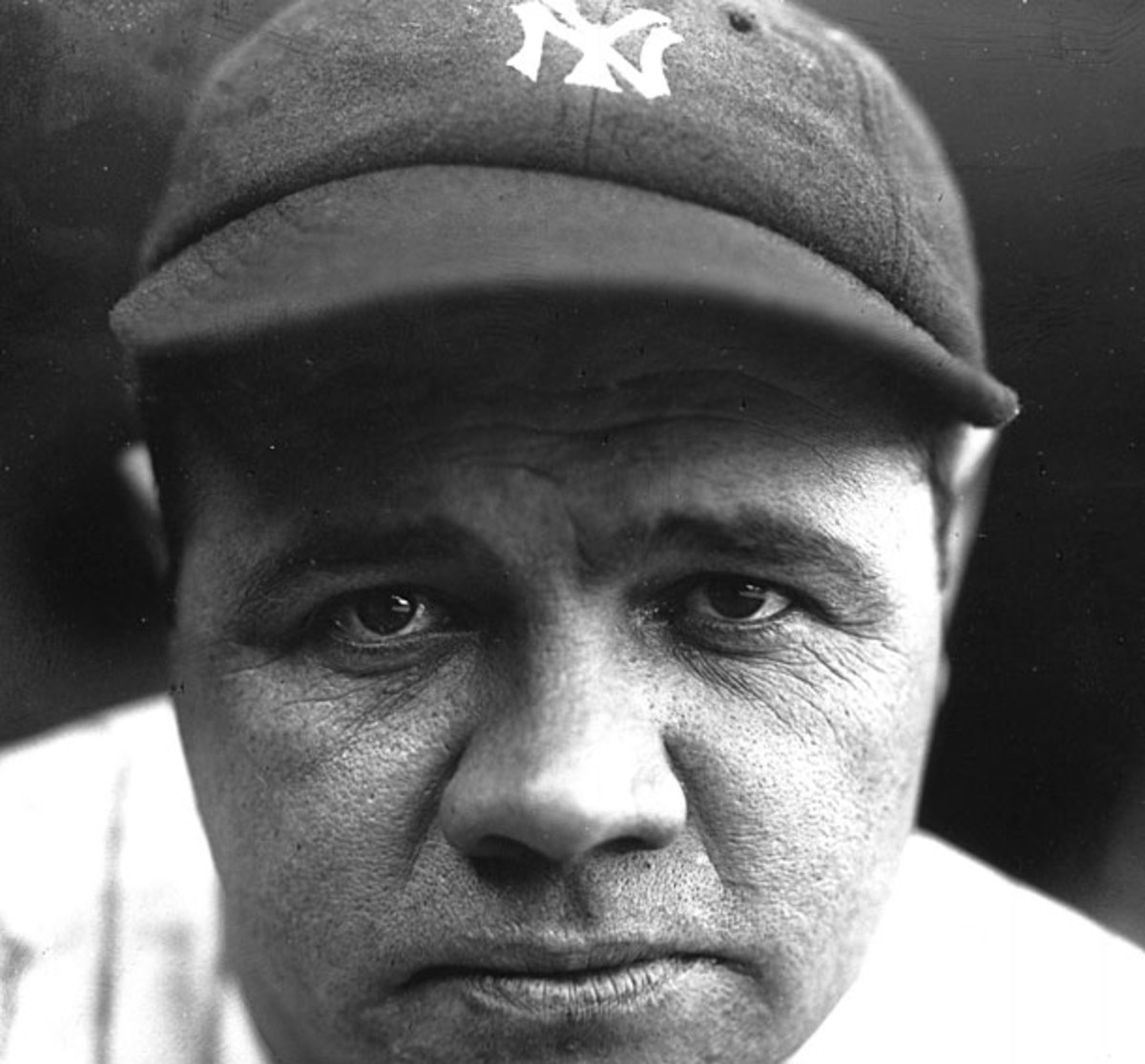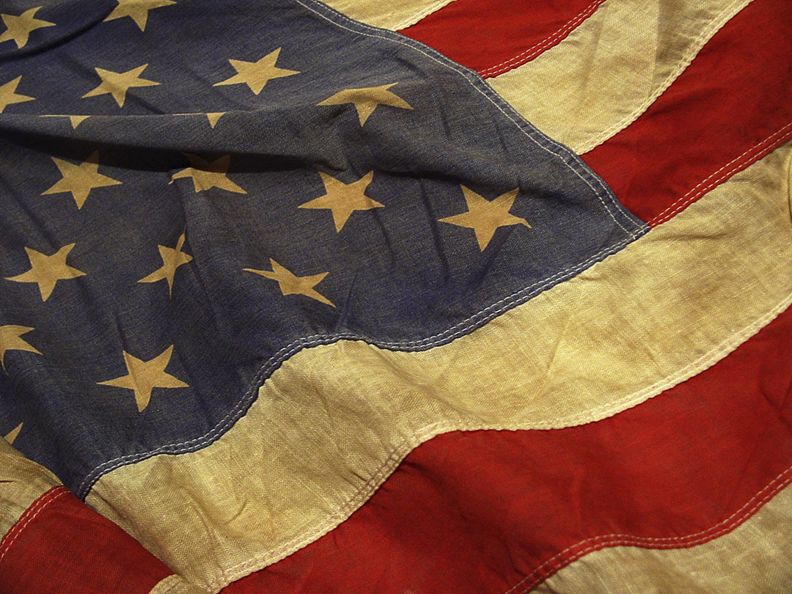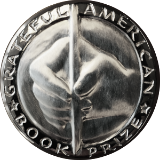June 1 — June 15, 2020
History Matters
Showing our children that their past is prelude to their future

He was known as “the Sultan of Swat” and “the Bambino,” but whatever they called him, George Herman Ruth Jr.–one of the greatest players in the history of baseball–retired on June 2, 1935.
“Babe” Ruth signed with the Baltimore Orioles when he was 19, but the law—then–required a legal guardian to authorize his contract. Jack Dunn, the team’s owner, took on the responsibility, and soon Ruth became known–among his teammates–as “Dunn’s new babe.”
And the legendary Babe Ruth was born.
He played six seasons with the Boston Red Sox; afterwards, he was purchased by the New York Yankees for $125,000, but by then, Ruth had distinguished himself to the point where the Stadium became known–and still is–as “the House that Ruth Built.”
The Grateful American Book Prize recommends Wilborn Hampton’s Babe Ruth (Up Close)—especially for people who love baseball.
****

On June 3, 1965, Major Edward H. White II became the first American to walk in space–less than three months after Soviet cosmonaut Aleksei A. Leonov. It was in the midst of the Cold War; the Russians had been flexing their mental muscles any which way to get an advantageous edge over America in the space race, but Major White’s tour de force flattened the competitive gap.
In fact, Leonov may have been the first human in space, but his 12-minute extravehicular feat did not go as planned. He had so much difficulty re-entering his Voskhod capsule that he almost did not make it; the spacecraft malfunctioned, and he had to make an emergency landing, hundreds of miles off course.
White, by contrast, had an uneventful 20-minute spacewalk; he returned in his Gemini 4 command module without any complications. That finesse foreshadowed the subsequent success of the Apollo missions, which put a man on the moon—first.
The story of White’s walk is told, well, in David J. Shayler’s Gemini 4: An Astronaut Steps into the Void.
****

It is said that the flag of the United States — the Stars and Stripes — was designed by Betsy Ross, a seamstress who lived in Philadelphia during the American Revolution. Whether it is true or not, on June 14, 1777, the Continental Congress adopted a resolution declaring that “the flag of the United States be thirteen alternate stripes red and white…the Union be thirteen stars, white in a blue field, representing a new Constellation.” And so, it came to be that our Grand Old Flag became official, based on the Continental Army’s banner.
The Grateful American Book Prize recommends Kevin Keim’s and Peter Keim’s A Grand Old Flag: A History of the United States Through its Flags.
History Matters is a biweekly feature courtesy of The Grateful American Book Prize.




